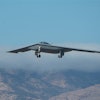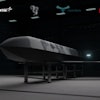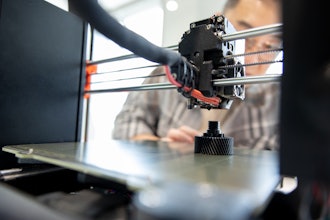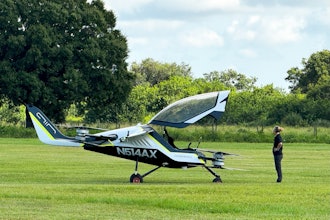A key facility for cleaning up decades of nuclear weapons waste at Hanford must not be commissioned until technical issues are resolved, a federal safety panel has warned.
Uncertainty is not prudent for a plant designed to process the nation's most dangerous nuclear wastes, members of the Defense Nuclear Facilities Safety Board said.
"To the maximum extent possible, solutions must be accommodated before commissioning," Chairman Peter Winokur said Thursday. "A learn-as-we-go philosophy does not seem prudent for this facility."
The board, an independent agency that oversees nuclear safety at weapons sites, was in Kennewick for two days to learn about technical issues at the massive $12.3 billion vitrification plant.
The plant is the U.S. Department of Energy's most expensive construction project. It is designed to convert 53 million gallons of liquid wastes left from the production of plutonium for nuclear weapons into a glass-like substance for long-term storage.
After 10 years of design and construction, the Energy Department is ready to establish the final design, resolve any outstanding technical issues and prepare the plant for operation in 2019.
The problem is that the cutting-edge technology raises plenty of questions.
The board is worried about the system that mixes radioactive waste in tanks. If particles settle out of the mixture and collect on the bottom, there is a risk of a criticality, or that high amounts of flammable gases will be trapped, or that the mixing system will be damaged and cannot be repaired. There are also questions about whether the system can keep the wastes adequately mixed.
"From the perspective of the board's staff, (contractor Bechtel National) is moving the construction forward with significant technical risk and uncertainty," board staff member Roy Kasdorf said.
Bechtel officials said full-scale testing should provide answers by mid-2012 on whether any modifications are needed, said Frank Russo, Bechtel's vitrification plant manager. He does not expect a need for modifications.
The project has had a long history of internal and external reviews, which have produced a substantial list of recommendations, said Dale Knutson, the Energy Department's project director. Any remaining issues are with a small portion of the waste, he said.
Still unresolved is where the waste would ultimately be buried. The Obama administration recently decided to bypass Nevada's Yucca Mountain, which for years has been studied as a site for the nuclear waste repository.
Washington and South Carolina have sued to keep Yucca Mountain as an option for stockpiling the nation's nuclear waste. Both states are dealing with the challenge of storing large amounts of high-level nuclear waste for decades to come.


















